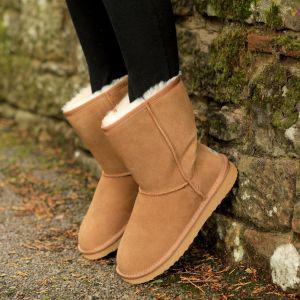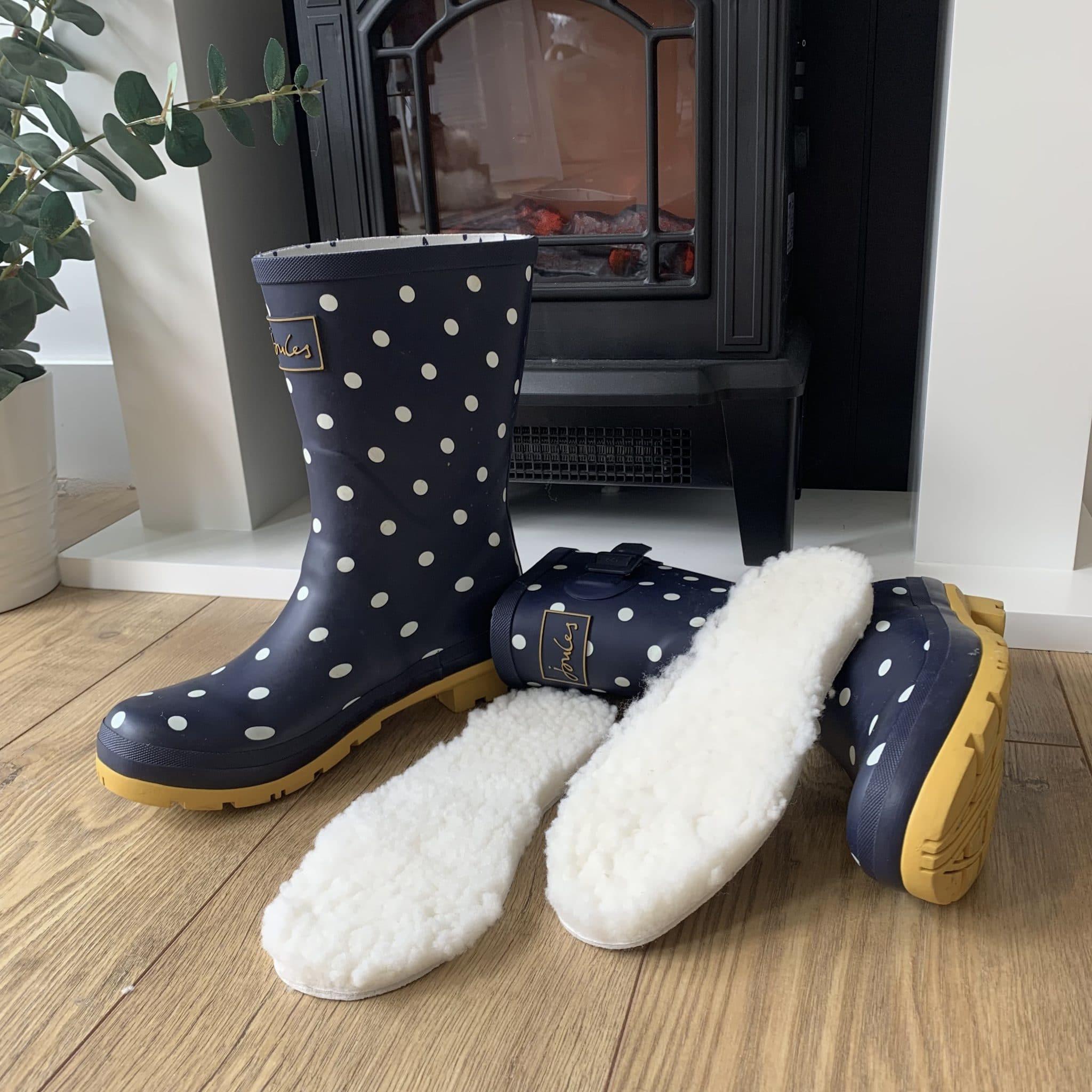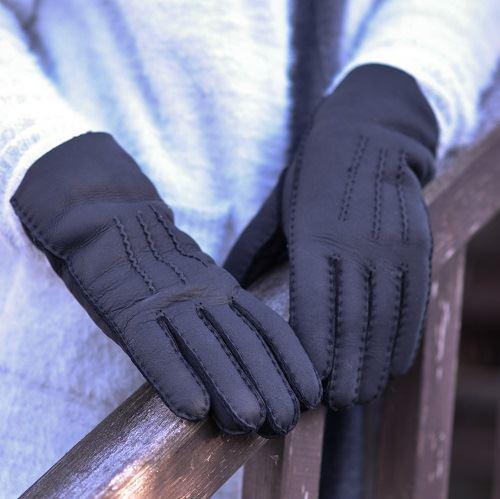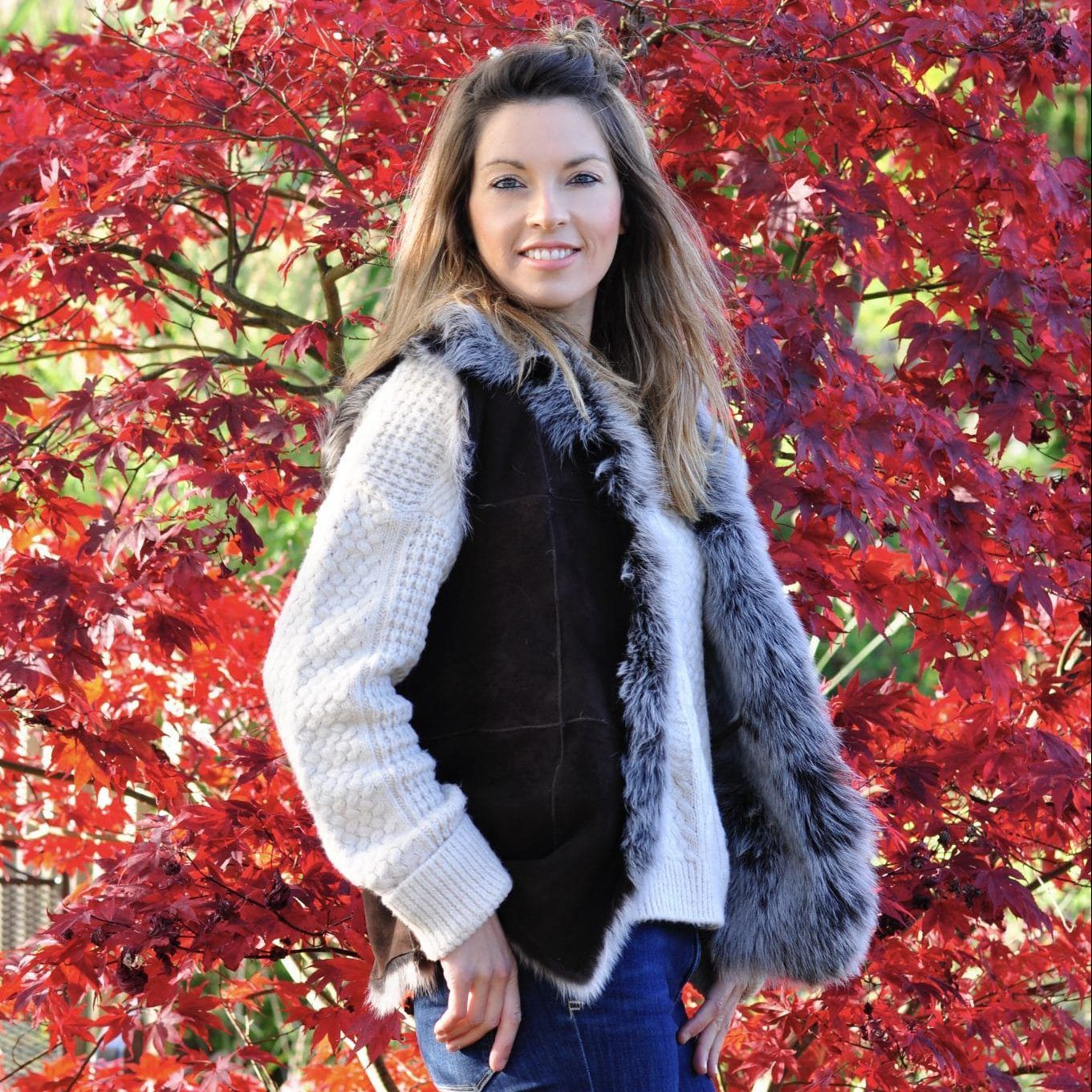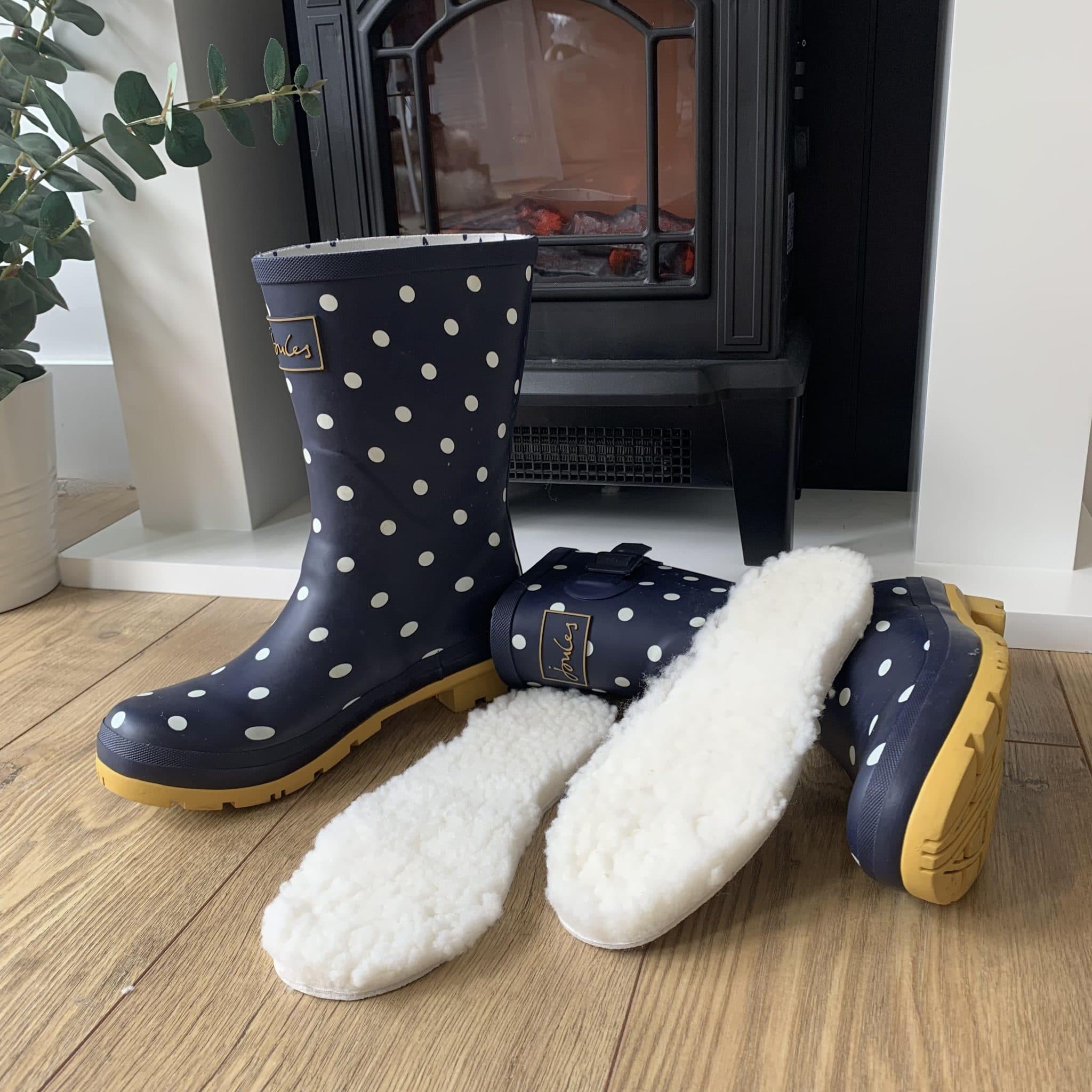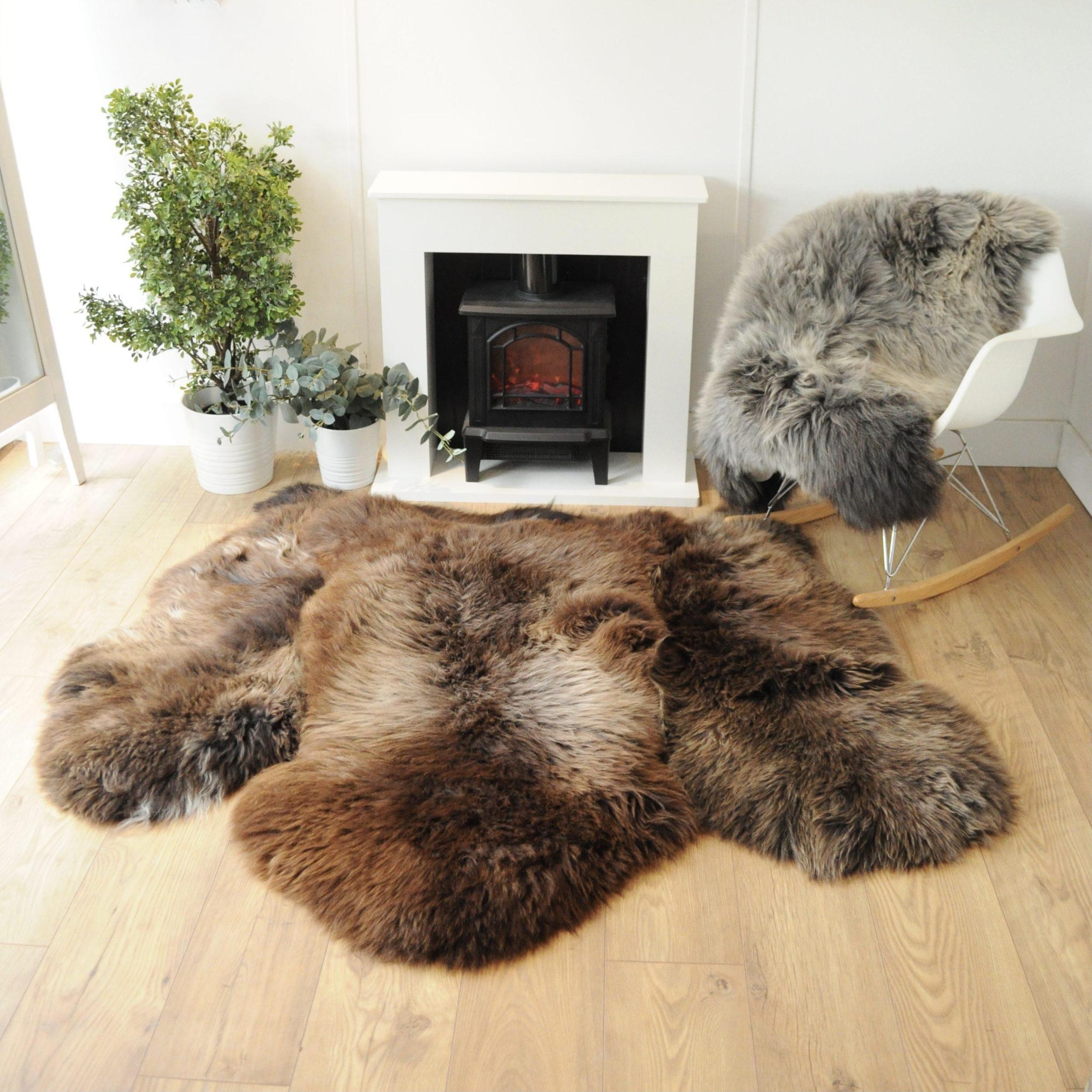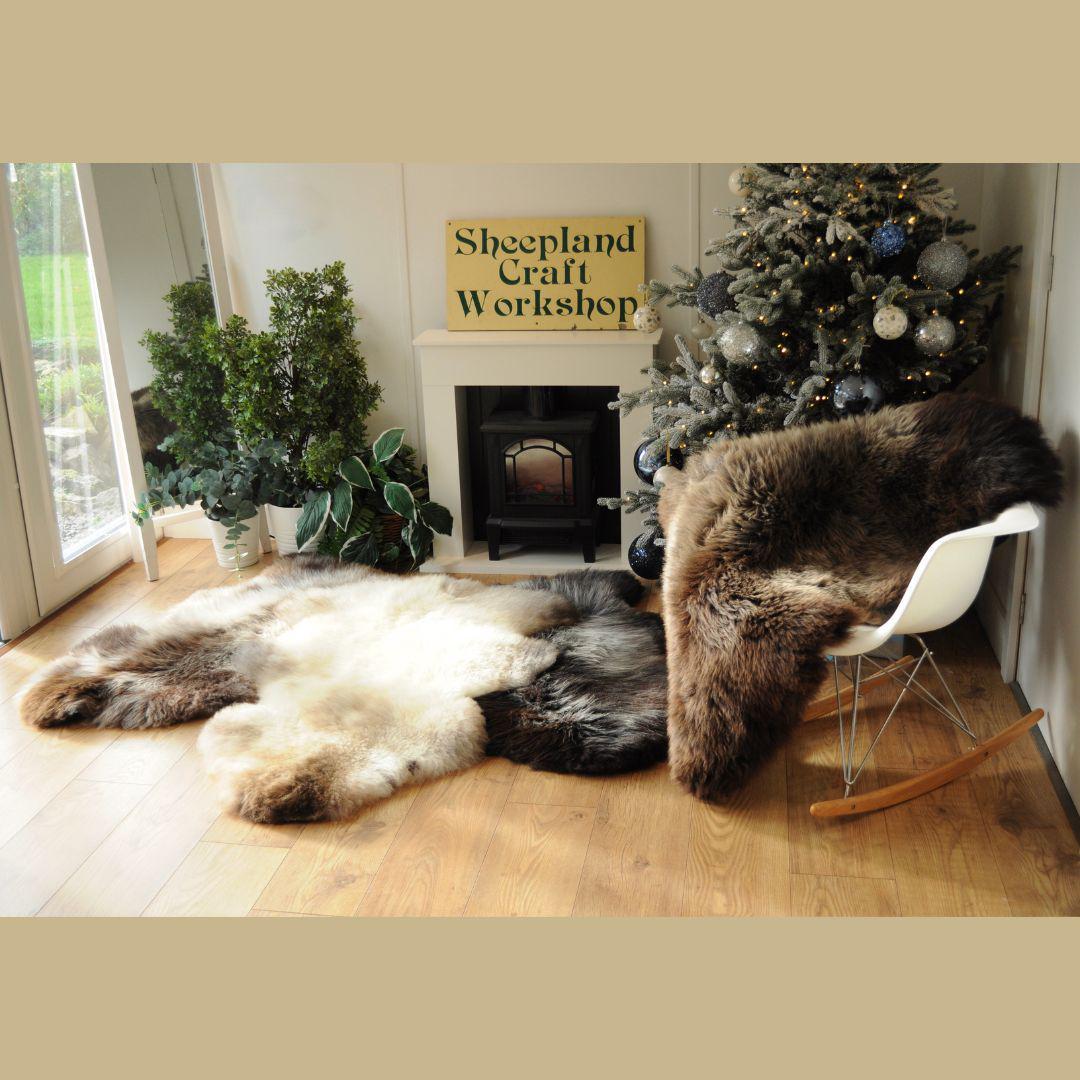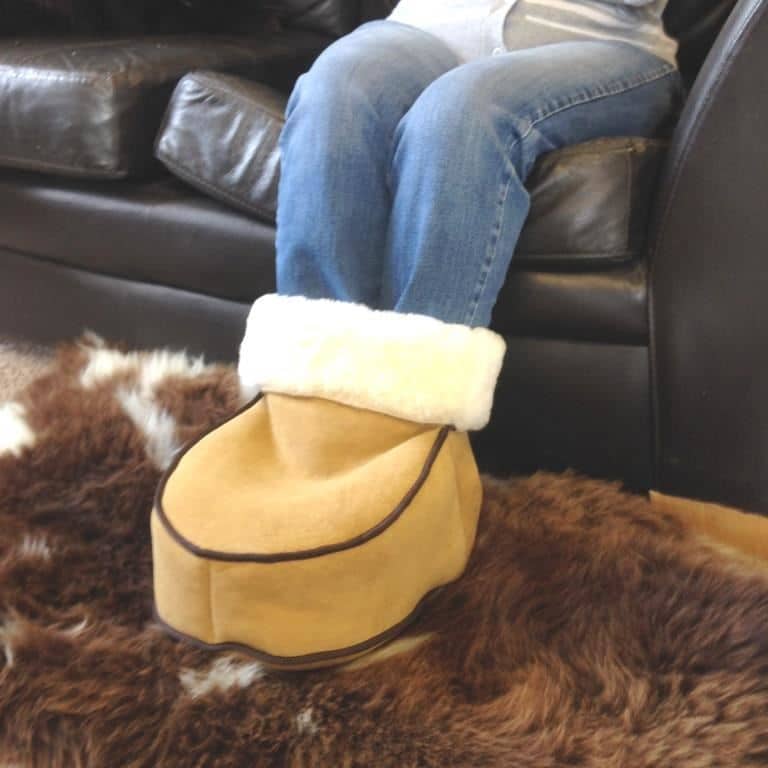The History and Origins of Harvest Home
If you feel like carousing, perhaps you should visit the little, Somerset village of East Brent on 24th August this year, 2018. The Harvest Home celebrations began there on the 3rd September 1857 and were inaugurated by archdeacon George Denison, who decided the working people needed an official holiday and knees-up. It wasn’t until 1861 that the Church of England recognised Harvest Home as a fixture in the Church calendar. These days the celebration isn’t as riotous as in days of yore, nor is the number of attendees as large; in the early days, crowds of up to 6,000 merrymakers joined in and the festival lasted for several days. Before the Second World War, in 1938, 1,400 people were expected. Compare these figures with 2017, when a mere 400 people attended.
The 1938 Harvest Home included the following ingredients (loosen your belts now): 1,080lbs of meat, 150 quarterns (a quartern = 4lbs) of bread, a giant cheese, so heavy that four men carried it on a trencher, 120 gallons of beer and 60 gallons of cider. There were to be 100 ‘Christmas’ puddings and these were cooked by one Mrs Elizabeth Edwards, who had performed this chore for 33 years. The ingredients for this included 65lbs of suet and 60lbs of flour, not to mention all the fruit, etc.
In 1957, there was 120lb cheddar cheese to be consumed and a 6’ x 2’ harvest loaf, which was borne aloft on the shoulders of six men.
East Brent’s Harvest Home is the oldest surviving, communal harvest home in Somerset and today is not sexist as it was in its infancy. In the past there was a separate celebration for men and women, with the women, naturally, drawing the short straw. The men’s celebration was held the day before the women’s and the quantities of food and drink consumed by the menfolk were both greater and more varied.
Many an errant husband must have slept it off in a ditch, too drunk to wend his way home. The old reprobate could have saved himself from a night of discomfort in the hedgerows if he had snuggled down on one of our comforting Sheepland Bed Throws. Perhaps the famous harvest hymn, ‘Come ye thankful people, come’, which was written for the East Brent festivities by Dean Alford, a Somerset native, would have been ringing in his ears on awakening; or perhaps just the ringing of a hefty clout, landed by his wife, for being such a dirty, little stop-out.
In the old days, the women’s genteel carousal consisted of tea, bread and butter, ham, cake and ‘other good things’, which, we are informed, ‘were soon made use of in a truly interesting manner’. We have been wondering about this …. If anyone has any ideas, please keep them to yourself.
Today, the occasion still commences with a church service, then lunch, tea, children’s entertainment and sports for all. The event is no longer free and tickets must be purchased. The surplus food is auctioned off later in the afternoon.
Released On 22nd Aug 2018


